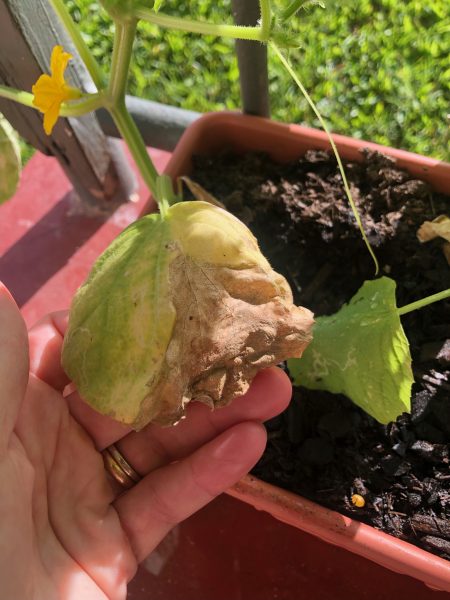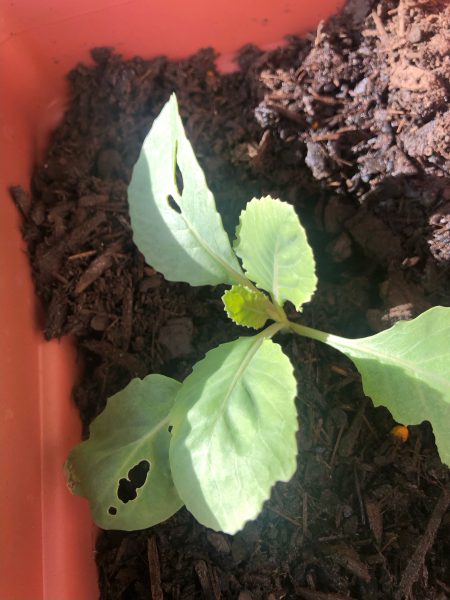Balcony Garden Challenges
Urban balcony gardening comes with its unique challenges. Awareness of the balcony garden challenges ahead of time, however, can save a lot of time, money and even your sanity. Understanding the hurdles helps planning for the inevitable and could be considered vital for your plant’s success.


10 Most Common Balcony Garden Challenges
Limited Space – The obvious – balconies often have little room, making it hard to grow a variety of plants or use traditional garden beds.
Weight Restrictions – Apartment balconies usually have a weight limit, so large pots, soil, and water-filled containers can pose safety risks.
Inconsistent Sunlight – Some balconies get too little or too much sun due to building orientation, walls, or shadows from other structures.
Wind Exposure – High balconies are exposed to strong winds that can dry out plants quickly or damage delicate stems.
Water Drainage Issues – Poor drainage can lead to waterlogged soil, root rot, or even damage to the balcony flooring and lower apartments.
Pest Management – Pests like aphids, caterpillars, and spider mites still find their way to balconies, especially when growing food crops.
Lack of Pollinators – In high-rise buildings or enclosed balconies, there may be fewer bees or butterflies to pollinate fruiting plants.
Temperature Extremes – Balconies can get very hot in summer or cold in winter, stressing plants not suited to those conditions.
Watering Constraints – Without access to a nearby tap, regular watering can become a hassle. Over or under-watering is also common.
Body Corporate or Landlord Rules – Restrictions may limit the type or amount of gardening allowed, including what fixtures or containers can be used.
5-Step Pre-balcony Garden assessment
To prevent high-potential balcony challenges, it’s recommended to complete a ‘pre-balcony garden assessment’. The pre-balcony garden assessment underscores what beginners should at least deem important before building their balcony garden to prevent issues in the future.
1. Sunlight Hours. Understanding the amount of direct sunlight hours your balcony receives, including the orientation of the balcony (north, west, east, south facing), as this tells you the path of those direct sunlight hours, providing the answer to where the most beneficial place to position your plants is on your balcony.
2. Garden Goals. Deciding what your balcony garden goals are. For example, do you want to grow your own herbs and vegetables, or do you want to create an aesthetically pleasing place to relax? Figuring out your balcony garden’s purpose will help direct you to the kind of plants you will grow and the necessary equipment for those plants. If you lack vision, you risk becoming overwhelmed and spending more money on things you do not need.
3. Find the limitations! Taking note of your balcony’s environment could be advantageous before the build, so that you don’t have to maneuver heavy pots or large plants after the windy season has begun or that your balcony begins to give way from excessive weight. Limitations could include factors such as heat or wind exposure, weight limits, available storage for your gardening tools and soil, other apartment buildings or walls blocking the sun, and pests such as birds.
4. Prepare. Getting started depends on how simple or involved you would like to be. If you plan to grow your plants from seed, your shopping list may be lengthier than someone who is willing to buy seedlings to pot themselves, or even someone who will buy fully grown plants placed in pots straight to their balcony. Whatever you decide, create a shopping list. Now that you have envisioned your balcony garden and have noted down any limitations, this gives you an idea of the necessary equipment you need and where this equipment will be positioned on your balcony. For example, if your goal is to grow food and you have weight limitations, opting for grow bags may be more suitable than containers as they’re lighter in weight.
5. Continue assessing. Whether you’re just starting out or have been doing it for years, gardeners know that the continuum of assessing their garden never ends. As seasons change, so do the factors that come along with gardening. Ensure you are proactive about your garden at the beginning to give it the best chance of success. That might look like checking your plants and balcony conditions every two to three days until you see your crops become sturd, or checking that pests aren’t causing stress to your crops, as you have sufficiently planned ahead.
